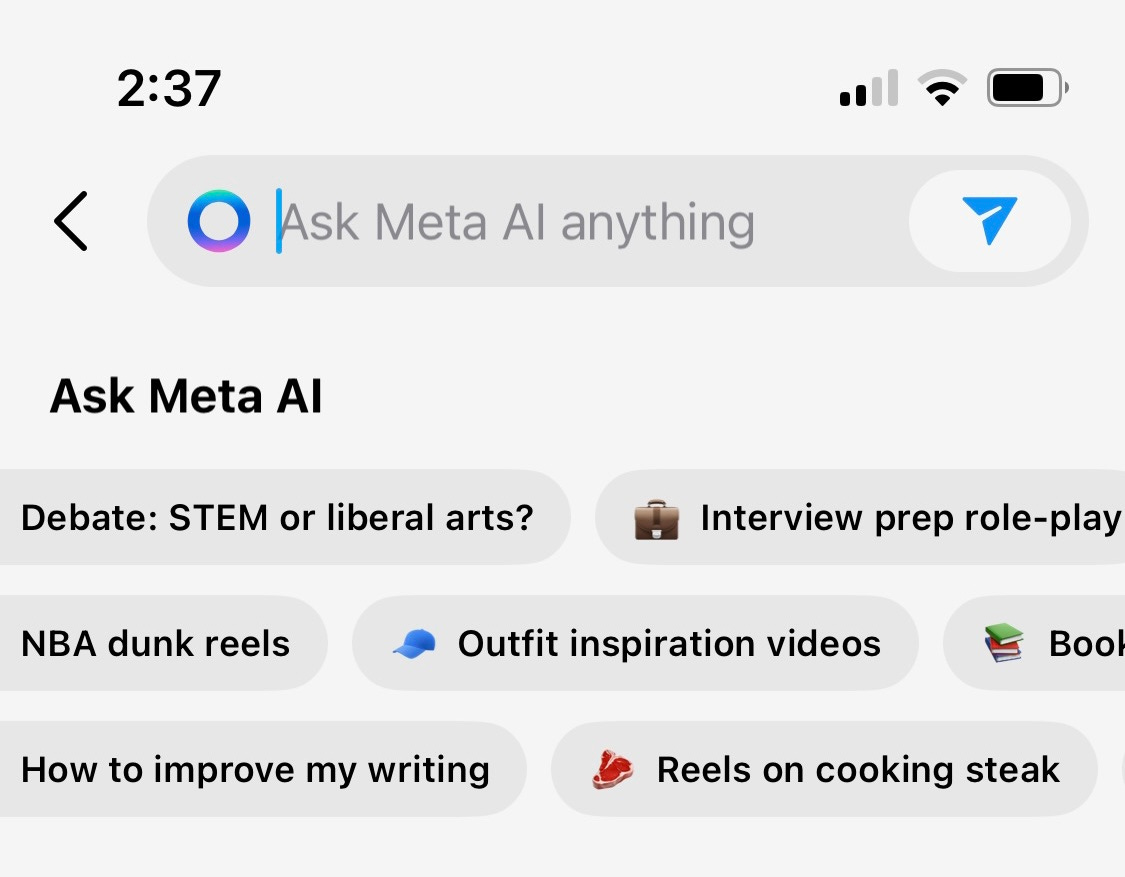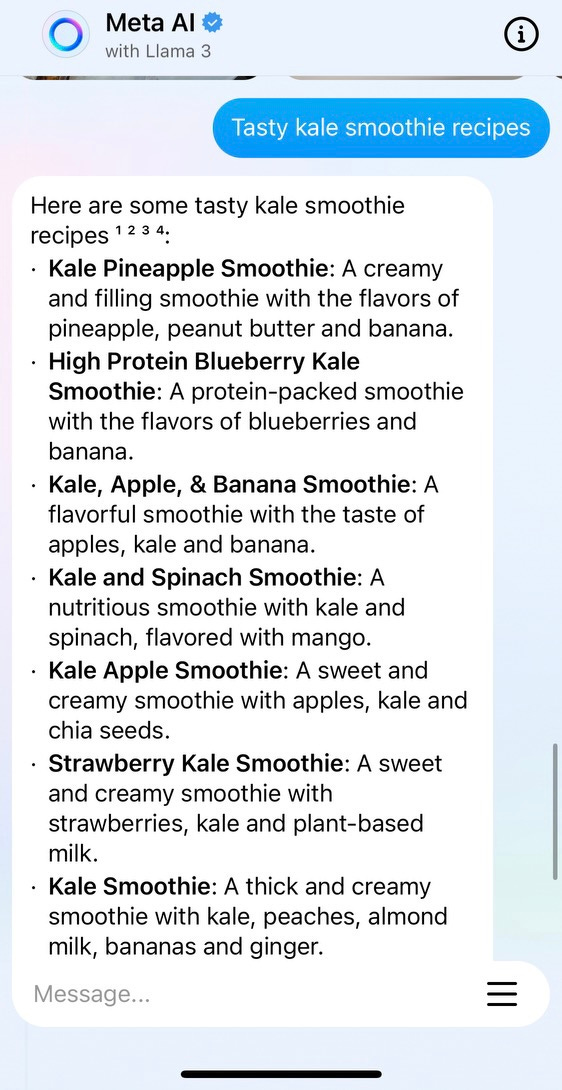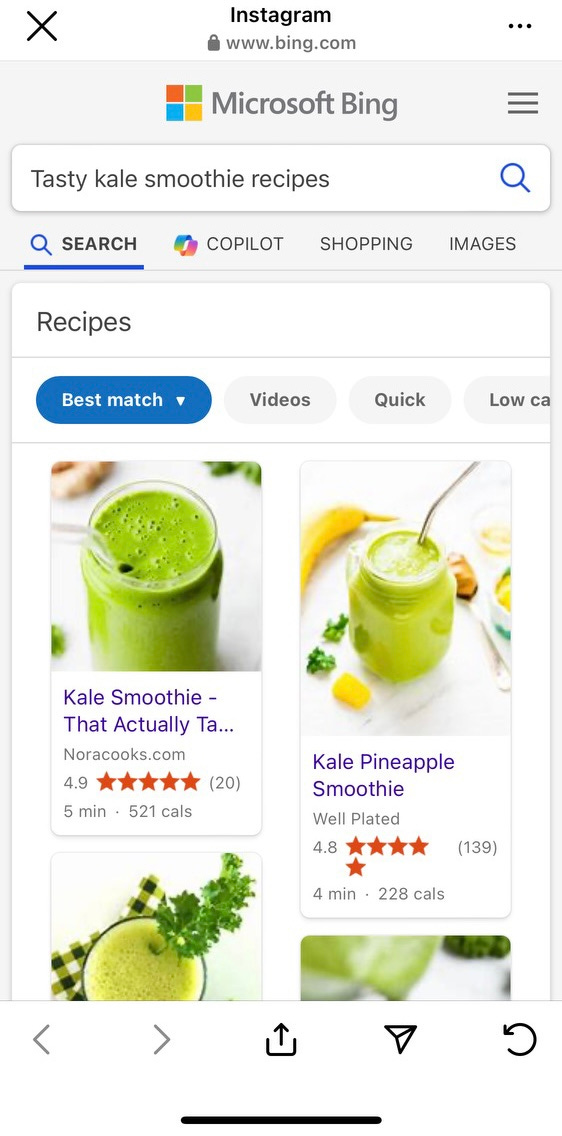Good morning.
For those of you in the U.S., I hope you had a good holiday weekend. This one’s going to be a bit longer today. I’ll try to rein it in later this week
The Google AI Overview rollout has people rattled.
I’ve been on the receiving end of a lot of long Slack and email directives as well as invitations to task force meetings to talk about navigating the changes in traffic. Each day the potential impact of Google AI Overviews is reassessed because people may not want it and, oh, wait, Google also rolled out quiet algorithm changes that may be hurting traffic now too.
All of this, personally, has me feeling done with the current game. Google has been staking out more real estate on its own surfaces for years now. This current panic is just an extension of a slow decline in search referrals that’s been happening for years.
You can do short term stuff (refreshes and updates, assigning stories based on Google Discover data, etc.) that’s helpful and non-offensive to your audience and your staff, but to do that at scale is going to cost money. Besides that, traffic the way it once was is gone—and it ain’t coming back. So what are you going to do?
Last week, on his Rebooting Show podcast, Brian Morrissey talked to Cory Munchbach who is the CEO of Blueconic, a consumer data platform.
They touched on topics that come up at my job all the time: media companies fighting the tide vs. getting ahead of it; aligning on the balance of revenue streams and how to achieve that balance; understanding that organized consumer data is the key to the future; the fact that audience is a blur word that means nothing—we’re now talking about people and what they’re willing to pay money for and spend their time on as “consumers.”
I highly recommend listening to this conversation.
I also read Ted Gioia’s post “Let’s Just Admit It: The Algorithms Are Broken,” which was a close read of what we all kind of know already: Most of the surfaces you interact these days on whatever the internet currently is kind of stink.
I’ve been thinking about this because, in general, most media websites stink. Most media websites aren’t set up for actual people to use. That’s why we spend more of our time in other places. I’ll use myself as an example.
Sports: I spend time in Reddit communities reading about my favorite teams and leagues, on Spotify listening to podcasts, and in the Athletic app reading team-focused reporting as well as comments on live game results. I hardly read sports coverage on actual websites and watch way less actual live sports than I used to.
Cooking: I use cooking apps and not websites. Sometimes I’ll use a recipe from someone’s food Substack. Sometimes my Samsung Food app links me out to websites. Those websites are mainly random blogs where I’ve come across a recipe that I’ve saved that I couldn’t find in one of my name brand cooking apps.
Entertainment: I stream movies and TV shows on streaming apps on my TV.
Reading/Staying Informed: Most of my longer reading is done via my Inbox from newsletters I subscribe to, I also read in the Substack app, and also via printed magazine and newspaper subscriptions I have. Reading for more than a minute or so on most websites is too intrusive.
“Social Media”: I cruise Instagram 1-2 times per day while I’m working, check LinkedIn a few times a day, and look at Substack Notes to find new things to read. I share updates and communicate with other people via direct text messages or emails; I have one big group text with friends that I use every day. I share things about myself on my blog which gets delivered as a newsletter or can be read in the Substack app.
Shopping: I don’t really shop online much. I try not to use Amazon but sometimes succumb. I try to buy direct from retailers. My fiancee does a lot of second-hand shopping and selling. She’s in multiple apps, multiple times a day—or she’s perusing a newsletter she subscribes to for shopping advice or doing research on The Strategist or Wirecutter. As far as website experiences go, those two don’t stink so bad because they’re based around affiliate revenue and you don’t want to disrupt that experience.
Back in 2014, you couldn’t keep me away from visiting www.grantland.com multiple times a day. Websites weren’t great then but there weren’t a ton of other options. Websites are worse now and there are better options to divert yourself.
With Google and Social Media platforms continuing to evolve and transform, why aren’t websites transforming? Google doesn’t want you to go anywhere else really. Neither does Meta. A lot will be made of AI tools and those aren’t going to be perfect for a while.
I’m interested in Meta’s new AI assistant that they’re slowly trying to get users to adopt. Here’s some examples from the new AI assistant in Instagram. See what happens below when you click on the “search” tab on the Instagram app navigation and then select some of their pre-made prompts around cooking.
This isn’t elegant but it points at something. An AI assistant that helps you comb the vast records across the internet to fit your needs. This exists in different forms already (regular Google search) and is being developed in different forms by many different players. But if Instagram is already your preferred surface, the place where you spend most of your time, why couldn’t this work for you if it continues to improve.
There will certainly be AI assistant or AI chatbot overload. But why aren’t more media brands thinking about what their brands actually do for people and then tailor their services accordingly? The sites I work for are recipe databases. Lauren Sherman called them this derisively in a recent newsletter but that’s what we are. Most lifestyle or service journalism brands are really databases of evergreen content that provide different services or meet different needs of individuals looking for help or advice in some part of their life.
Many different types of people visit our websites looking for recipes. We can curate things for them and create new things for them, but matching each person’s specific needs is hard. Our staff are experts and curators, but they need support from technology to best make use of what they’ve created and curated to bring it to each individual in the best possible format. Internal search and discovery functions are often treated as secondary by media brands because for so long we were focused on one very prominent external search bar.
Brands that cover news, culture, and tech each day provide a services of staying informed and updated that are closer to the feed format that social media proliferated. Why aren’t more places trying to replicate that? The New York Times has done the best job I’ve seen. The Verge is trying to be both a link curator and deliverer of original content around a specific area of expertise. Sherwood copied that model. Shouldn’t more brands be trying this?
Not everything needs to be an app, but why does everything need to be a website in the way that things have been websites? Why can’t media brands learn from where and how people are spending their time and attention and deliver value through the products they provide and the content they create and the things that they curate for the people that actually want to visit and interact with their brands?
But as Cory Munchbach told Brian Morrissey on The Rebooting Show: “Transformation is expensive and takes a long time and it is just resource heavy. If you're already debt ridden, taking on a ton more money to be able to make some of these changes is just not available to you.”
That all hits pretty close to home.
Three consumer-centric quotes
“A consumer centric approach is one that understands the value of different audiences. And maybe one strategy is to drive traffic among a certain sub-set of your audience. For others, it may be, ‘don’t worry about it if I only come back twice a week, I paid for my subscription. I'm super high value.’ But if you don’t actually know those patterns of behavior and how to attribute revenue to them, which is an area of very deficient muscle in most media organizations, you end up actually [overcorrecting] from traffic to something else.”
“You have segments of your audience. And you need to build products for those segments.”
“When people have their own AI assistant that is going to bleed over to the experiences that they expect from publishers. The only way you can personalize is knowing a lot more about your audience.”
These are all from the aforementioned conversation on The Rebooting Show between Brian Morrissey and Cory Munchbach.
This weeks links for consumers
Related to what I wrote this week. The People v. Algorithms podcast tried to picture the internet experience in 5 years.
People are explaining what it means that the CRO of my company is leaving. Don’t know what I was expecting to get from reading these.
Oh, goodie! A media podcast! Wow and this one is sponsored by Google!
A profile of Washington Post publisher and CEO Will Lewis and his plans to turn the business around. A lot of it hinging on membership/subscriber tiers.
Matt Belloni looked at the power of Netflix’s auto-play feature.







